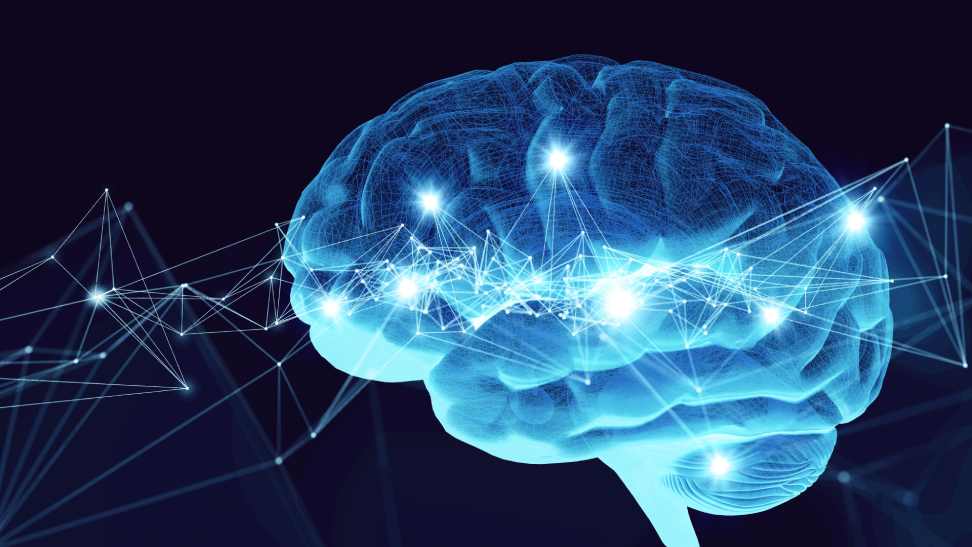Diamondexch9, Diamondexch9 Login, 11xplay Reddy Login: Cognitive neuroscience is a dynamic field that delves into the intricate relationship between the brain and cognitive processes. By combining knowledge from psychology, neuroscience, and other disciplines, researchers seek to unravel the mysteries of how we perceive, think, and behave. This interdisciplinary approach has led to groundbreaking discoveries about the neural mechanisms underlying functions such as memory, attention, language, and decision-making.
Through advanced imaging techniques like fMRI and EEG, cognitive neuroscientists can observe brain activity as individuals engage in various cognitive tasks. These tools allow researchers to pinpoint specific regions of the brain that are active during different mental processes, providing valuable insights into how the brain supports cognition. By studying both healthy individuals and those with neurological conditions, cognitive neuroscience offers a window into the inner workings of the mind and has the potential to inform treatments for a wide range of cognitive disorders.
� Cognitive neuroscience combines knowledge from psychology, neuroscience, and other disciplines
� Researchers seek to understand how we perceive, think, and behave
� Interdisciplinary approach has led to groundbreaking discoveries about neural mechanisms underlying functions such as memory, attention, language, and decision-making
� Advanced imaging techniques like fMRI and EEG allow observation of brain activity during cognitive tasks
� Tools help pinpoint specific regions of the brain active during different mental processes
� Studying both healthy individuals and those with neurological conditions provides insights into the inner workings of the mind
The Structure and Function of the Brain
The brain is a complex organ composed of specialized regions responsible for various functions. Each part of the brain plays a crucial role in processing information, controlling body movements, regulating emotions, and maintaining vital bodily functions. The cerebral cortex, the outer layer of the brain, is involved in higher cognitive functions such as reasoning, problem-solving, and memory.
In addition, the brain is split into two hemispheres, each of which has certain roles to play. While the right hemisphere is linked to creativity, spatial awareness, and emotional processing, the left hemisphere is usually involved in different language processing, solving logical reasoning, and analytical thinking. These hemispheres work together in a coordinated manner to ensure the seamless functioning of the brain and the overall well-being of an individual.
What is cognitive neuroscience?
Cognitive neuroscience is the scientific field that studies the biological processes underlying cognition, or mental processes such as memory, attention, language, and perception.
What are the main structures of the brain and their functions?
11xplay, 11x Play, Mazaplay: The three main parts of the brain are the cerebellum, cerebrum, and brainstem. The cerebrum is in charge of higher order cognitive functions as perception, cognition, and planning. The cerebellum plays a role in the coordination of movement and balance. The brainstem controls basic body functions like breathing and heart rhythm.
How do neurons communicate in the brain?
Neurons communicate with each other through electrical and chemical signals. When a neuron is activated, an electrical impulse called an action potential travels down its length. Neurotransmitters are released into the synapse at the end of the neuron, where they attach to receptors on the subsequent cell to send the signal.
Can the brain change and adapt over time?
Yes, the brain has the ability to change and adapt through a process called neuroplasticity. This allows the brain to reorganize itself in response to new experiences, learning, or injury.
What are some common brain disorders?
Some common brain disorders include Alzheimer’s disease, Parkinson’s disease, epilepsy, and stroke. These disorders can affect different areas of the brain and result in a range of symptoms such as memory loss, tremors, seizures, or paralysis.
Feature image source:- https://tinyurl.com/4ccuxabt



valtrex 1000mg cost – buy fluconazole pills buy generic forcan online
Your comment is awaiting moderation.